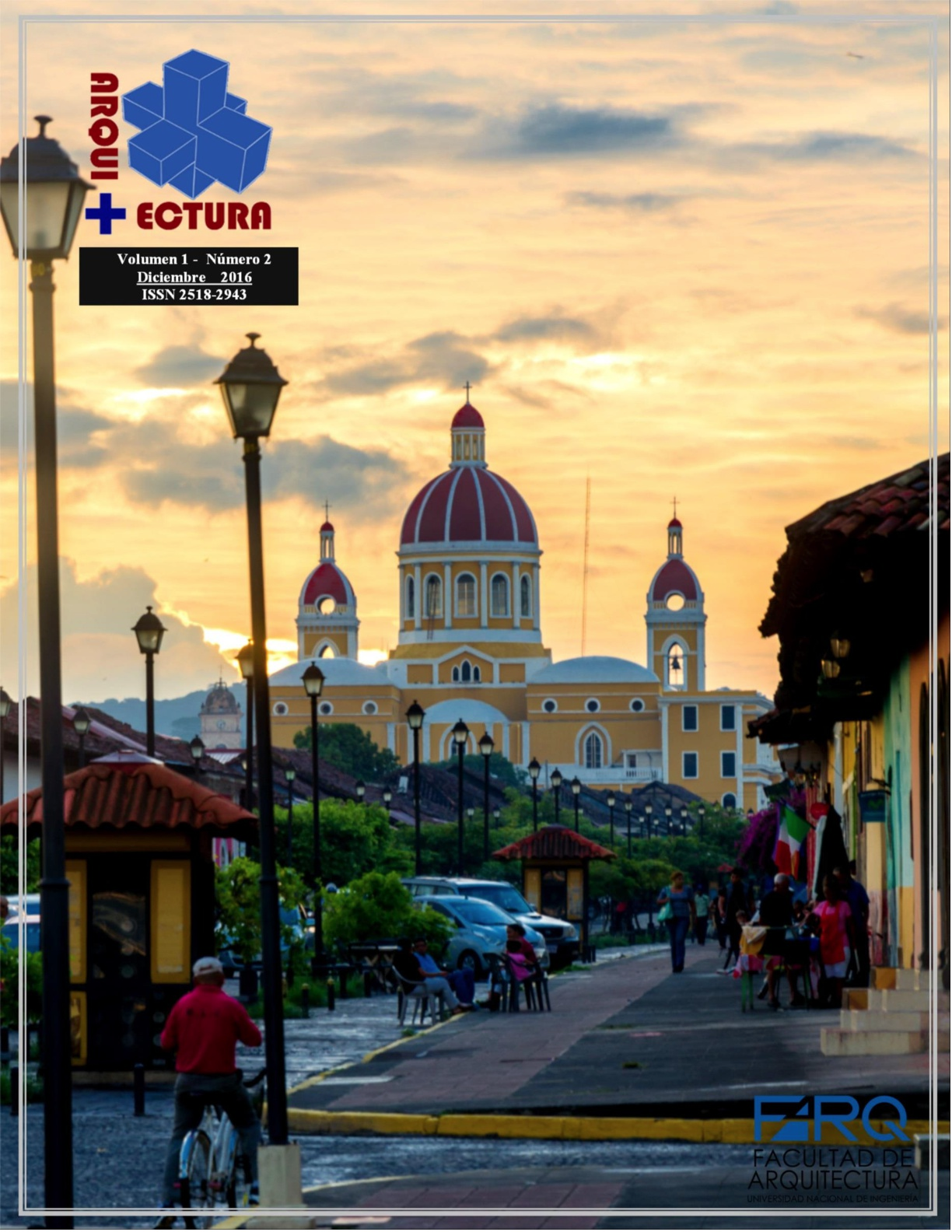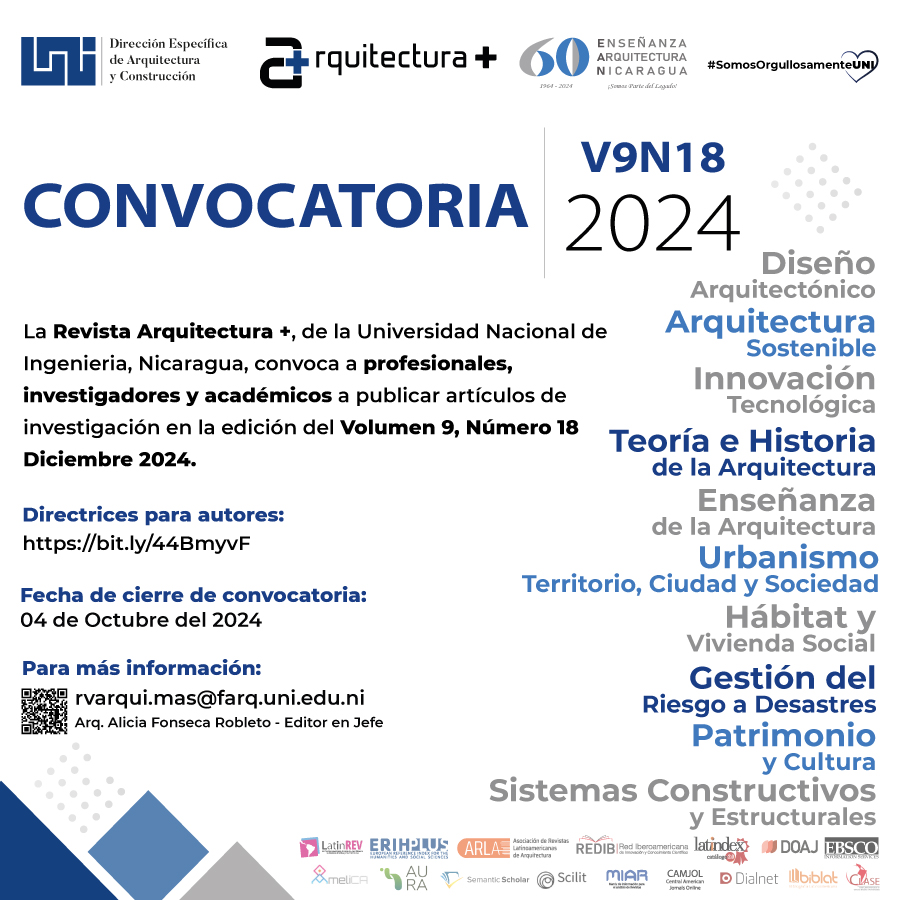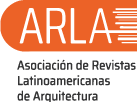The Basilica of the Holy Family
DOI:
https://doi.org/10.5377/arquitectura.v1i2.9200Keywords:
Viollet-le-Duc, Brutalism, Neogothic, GaudíAbstract
This brief work tries to study a problematic that seems central to us to understand the evolution of the ideological systems, concretely here architectural, but more generally cultural: the question of the transitions. This problem will be approached here from a perspective of what we know never approached, the origin, so to speak, or collusion between the nineteenth-century neoGothic and the later brutalism whose moment of interrelation we find in Gaudí's work, seen as the legacy of Viollet- Le-Duc and prefixer of Le Corbusier. Obviously, this perspective encompasses the visual field of aesthetic findings in building achievements, which can sometimes be somewhat removed from the theoretical approaches of related movements, much more emphatic in their differences than in their similarities. It is the work of the historian of architecture to value and reconsider these terms to integrate them from a scientific perspective in the history of styles and, once again, their evolution.





















